Combination Analysis: Knife Stabbing, Slashing, Pushing, and Footwork in Top Self-Defense Techniques
- Gil Peleg

- May 2, 2022
- 7 min read
Updated: Jun 16, 2022
This article deals with realistic scenarios of existing knife attacks to illustrate the problem to self-defense practitioners. The goal is not to say what more dangerous exercises are, but for the purpose of awareness of Trainees and Coaches, pay attention! About risk and danger in reality! To illustrate the subject, the whole article is devoted only to the question - What characterizes stabbing? What is the characteristic of slashing? What are the common slash techniques with the knife? What are the common combinations of stabbing and slashing? What types of training knives and protective equipment does self-defense training use? What types of real assault knives are there? What are the recommended books to read, on the subject of knives?
Warning!
The concepts presented here are for illustrative purposes only. Before attempting any technique discussed or presented in this article, seek professional training from a reputable instructor.
What characterizes stabbing?
In the video above, Ivan Causillas from the Israeli KALAH Combat System Mexico shows knife techniques in zero range.
The knife stab can cause deep damage, but it has a limited amount of scattering due to the thinner profile of the blow. It is best used to target internal organs like kidneys, lungs, heart, spleen, etc., but it can also be used effectively on external soft targets like the eyes. Stabbing can be very effective by deception and surprise sudden attacks, by a suitable foot technique Read our previous article on the subject (Footwork Dynamics for Self-Defense: Motion while knife attacks in Krav-Maga). One advantage is the tremendous speed with which the "Sewing Needle" technique can be applied, point linear punches. Creating deep stab wounds, when used in this way, the downside is that if they miss a vital target, because of the thin scatter, the wound is usually not as severe as it seems, and can be treated quite easily. This is still true of cuts, but with these, one does not have to be precise to hit a vital target like in a stab.
What is the characteristic of slashing?
The slashing by the knife allows the practitioner the ability of unexpected and dynamically flowing movements, making the knife attack together while focusing on larger areas of the body. That is a series of incisions in the areas of the body that contain arteries and tendons, where the chance of hitting a vital target increases with each knife blow. However, it is more violence of an action-based technique than the violence of surprise. When, a person skilled from the worlds of Cali, KALAH, Krav-Maga, etc ... will be able to use this technique for both surprise and knife battles. Most often in the first case, the fatal result is immediate for the victim, i.e. he will not even feel the knife slash from the specialist, and the inevitable loss of consciousness within three minutes, as a result, death. However, it must be noted that slicing will never achieve the lethal ratio of bleeding out in the capacity of direct stabbing. Humans do not die from cuts, they die from blood loss.
What are the common slash techniques with the knife?
In applied martial arts such as Cali, KALAH, Krav-Maga, and more ... quite a few cutting techniques are used with the knife. Cutting techniques distract the opponent through various deception techniques. Below is an explanation of some of the cutting technique schemes. When a premise is that the right hand performs the slicing by the knife:
Vertical slash technique - slicing with a knife follows a vertical line straight down through the target. When Forward Knife Grip Technique - Hammer (Saksak) or Sword (Saber) used, see our previous article on the subject, (Top Knife Techniques: Side and Straight, in Krav-Maga and other methods). The other hand performs the deception movement during this knife slicing. That is, making certain contact with the opponent or likeness of the contact on the opponent's body.
Front Slash Technique - Slitting with a knife follows a straight line in a front blow (From the right to the left), over the target areas of the neck (high diagonal), or abdominal area (low diagonal), when, Forward Knife Grip Technique - Hammer (Saksak) or Sword (Saber) used. Technically the attacking hand performs in parallel with the slicing a rotational movement using the palm upwards until the blade of the knife makes contact with the opponent. That is, the rotational torque of the wrist through the cutting motion causes more damage to the opponent. Two cases must be noted:
Strong swing to the left - During the swing with rotational momentum of the palm is created kinetic energy of the hand with the knife, which is braked near the left leg of the attacker with the knife, i.e. the blade of the knife is located near the knee of the attacker.
Weak swing to the left - in this case, the kinetic energy of the knife is weaker relative to the previous one and also less harmful ability, especially if the opponent is wearing something thick. The advantage relative to its predecessor is the ability to control the knife. That is, it is more difficult for the opponent to take control of the forearm of the attacking hand.
Reverse Slash Technique - Reverse Slash is a sequel to the Front Slash technique. This allows for a secondary attack and also the ability to resume the basic fighter position. When, the knife (sharp on both sides of the blade) follows a straight line in a repeating blow from left to right, across the target areas of the neck (high diagonal) or abdominal area (low diagonal). Technically extend the right hand while simultaneously turning the palm down until the blade of the knife makes contact with the opponent.
What are the common combinations of stabbing and slashing?
In the video above, Idan Abolnik and his student from the Israeli KALAH Combat System show knife techniques in a zero range.
To answer this question, we turned to Idan Abolnik and his team to illustrate a number of combinations of stabbing the knife and slicing with the knife. When in the video above we illustrate with quick, agile, and powerful movements the danger of the knife in general and the danger of a person, skilled in the method of KALAH that holding the knife in his hand. As can be seen, the movements of a knife maker are very difficult to predict. Pay attention! In the right hand, he holds a knife with which he strikes and cuts, and with the left hand, he makes movements of deception, pushing and striking. Which makes it even more difficult for the victim to survive the assault. When in this video the attacker holds the knife in the Forward Knife Grip Technique - Hammer (Saksak), and if we try to find a certain Cyclicity and Regularity-in Repetitions in his movements then... So good luck, below are some of his combinations, and let's try.
Scenario A: Beginning of movement - > Knife Slicing of the throat with the right hand, deception with the left hand - > Repeating Knife Slicing the abdomen, deception with the left hand - > Stabbing directly into the throat and pushing with the left hand.
Scenario B: Beginning of movement - > Knife Slicing of the throat with the right hand, deception with the left hand - > Twice stabbing in the abdomen combined with pushing with the left hand.
Scenario C: Beginning of movement - > Knife Slicing of the throat with the right hand, deception with the left hand - > Repeating knife, direct stabbing to the abdomen - > Direct stabbing to the throat - > Right triangular side step, and direct stabbing to the throat. When any movements by the deception of the left hand.
A lesson in combinatorics can be continued to assemble the possible random attacks using all the elements mentioned above, i.e. Pushing; Stabbing, Slicing, Triangular, and in a Direct line steps, see our previous article on the subject, (Footwork Dynamics for Self-Defense: Motion while knife attacks in Krav-Maga). When in the following articles we will try to explain different techniques for dealing with these combinations.
What types of training knives and protective equipment are used in Self-Defense training?
It is very important to practice Self-Defense using rubber training knives and even more important during training to wear appropriate protective equipment: such as glasses designed to protect the eyes; a body protector; a Head guard against receiving an unwanted blow. The following is a list of recommended equipment for knife defense studies in Israeli Krav-Maga:
What types of real assault knives exist?
Warning!: Real and dangerous combat knives have been attached below, do not use them for training purposes! Do not use them to intentionally hurt someone! They are for illustration only! That is, to recognize existing threats and be prepared for them! The following is a list of real attack knives for illustration only (there are dozens of different types of attack knives):
What are the recommended books to read, on the subject of knives?
Dear friends, if you are reading this article I guess you like the subject of knives. As a result, I will share with you a number of books on this subject that I have personally read and been very impressed with. You will ask and rightly so, why are they not only about an Israeli KALAH Combat System? My answer is simple, I believe that for survival any self-defense technique is good! As much as it is applicable and useful! In our Facebook Group, we are talking about applicable self-defense, and what is good about it is that the method has no meaning at all, but the application of realistic exercises for effective self-defense! As a result, the books are also from different fighting methods regarding knives. I hope you will enjoy them.
Topic Summary: Combination Analysis of Knife Stabbing, Slashing, Pushing, and Footwork in Top Self-Defense Techniques
In this article we have dealt with realistic scenarios of knife attacks, to illustrate the problem to self-defense practitioners. The goal was not to say what dangerous exercises are but for the purpose of awareness of Trainees and Coaches, pay attention! About risk and danger in reality! To illustrate the subject the whole article was devoted only to the following questions, What characterizes a stab? What is the characteristic of knife slicing? What are the common slash techniques with the knife? What are the combinations of stabbing & slashing by the knife? It turned out that, there are hundreds of thousands of existing combinations of the elements of slicing and stabbing, which are accompanied by combinations of pushing with the second hand and aggressive footwork using triangular and straight-line steps.
Written by Gil Peleg.
Professional consultant in Krav-Maga Mark Fesler.
Professional Advisor on the KALAH Combat System, Idan Abolnik.
Dear friends, I invite you to read more about applicable Self-Defense in our Group below:
Dear friends, SUBSCRIBE to the Fitness Warriors Club's blogs page, and be the first to read new articles on the issues of Self-Defense:
Amazon's affiliate program - Fitness Warriors Club is participating in Amazon's affiliate program through the Website & through professional blogs where there are links to products marketed on Amazon. Fitness Warriors Club is not responsible for any economic and operational activities related to this program as for the refund of any payments regarding this program. All these issues will be settled with Amazon.


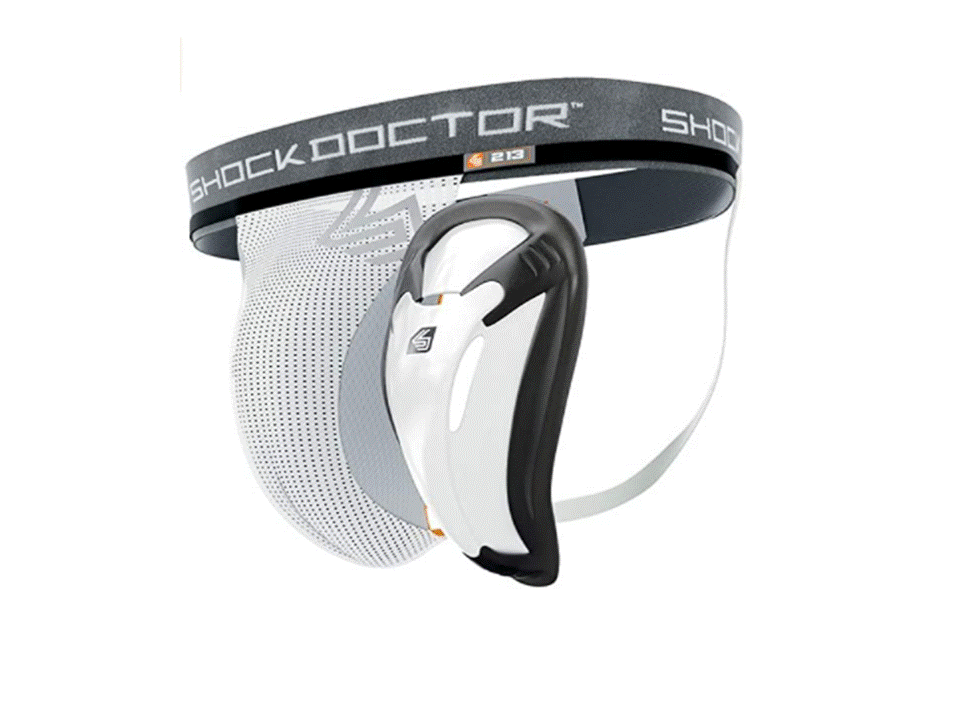
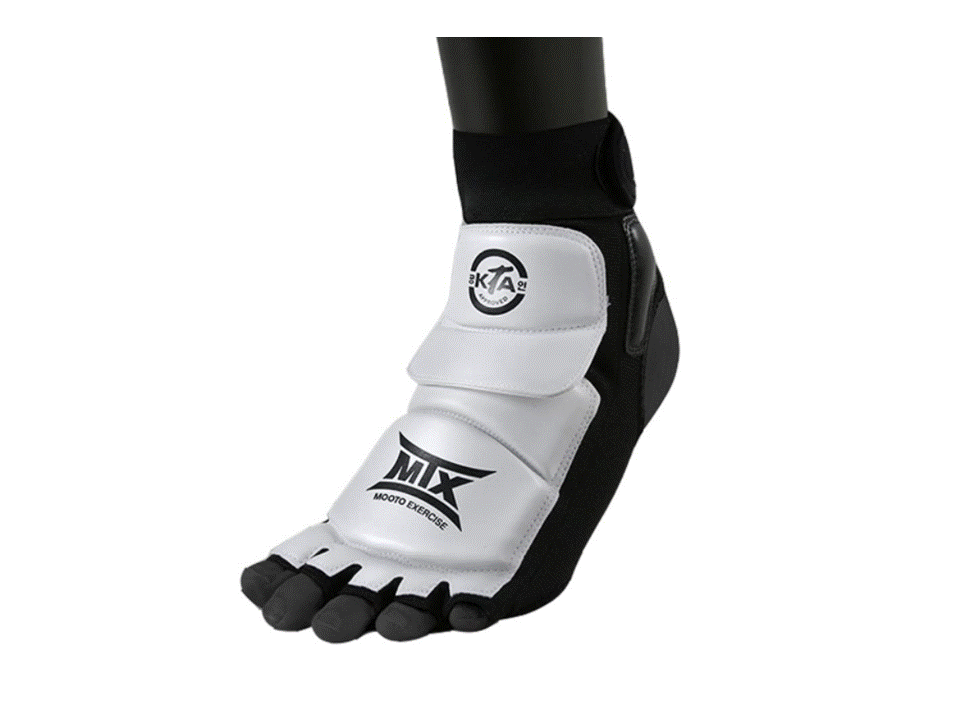
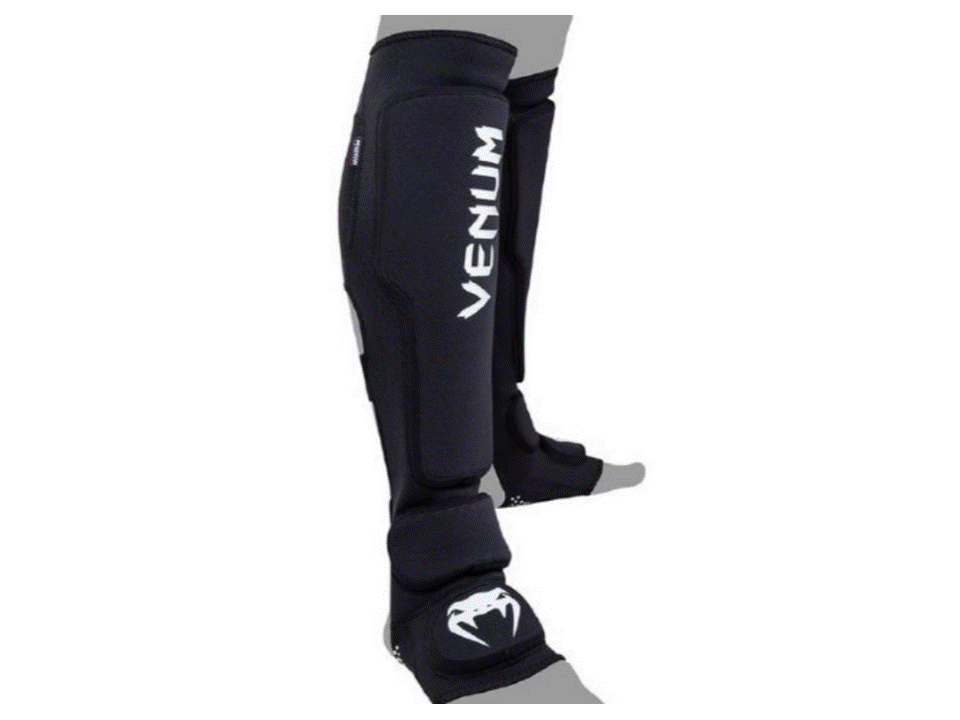
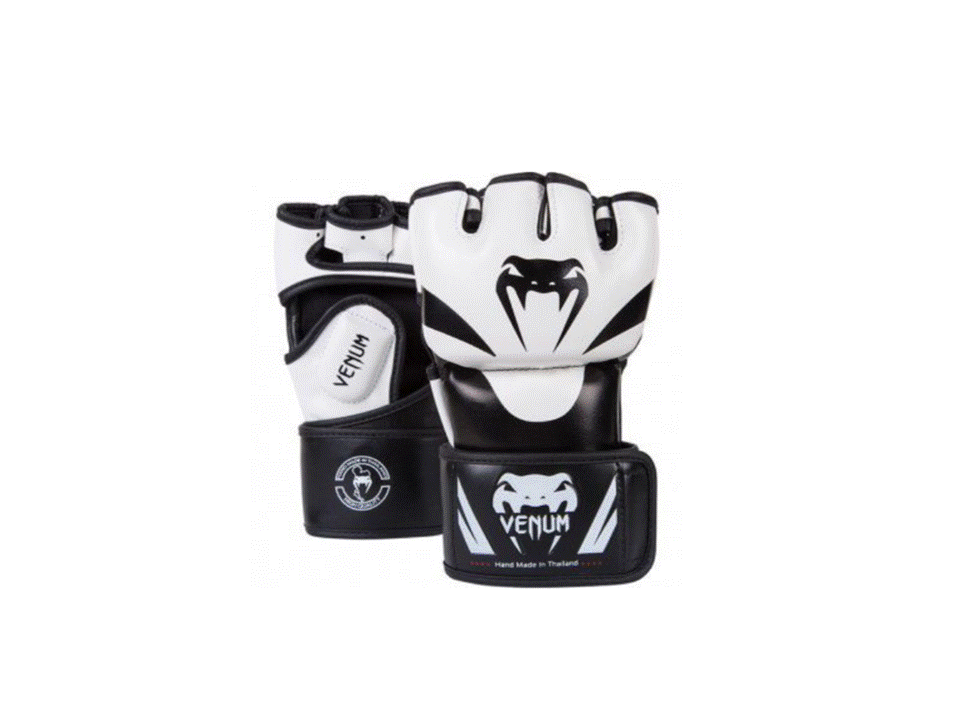

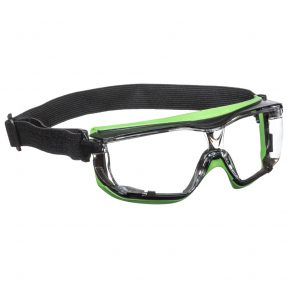


























Comments